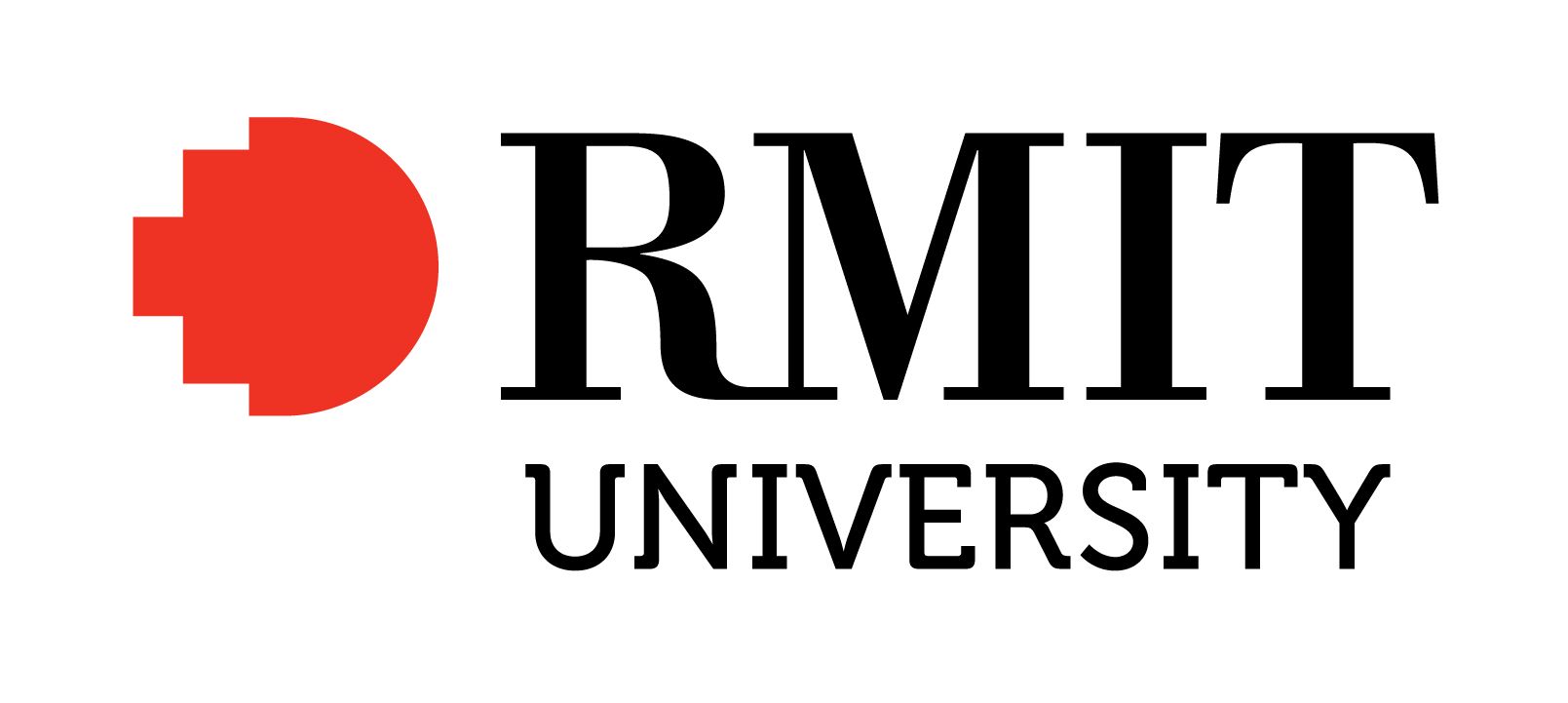Full description
Attached files provides supplementary data for linked article - the files includes five videos and a PDF containing further figures and data.The article details a self-cleaning coating derived from zwitterionic poly(2-methacryloyloxylethyl phosphorylcholine) (PMPC) brushes grafted on a solid substrate. The PMPC surface not only exhibits complete oil repellency in a water-wetted state (i.e., underwater superoleophobicity), but also allows effective cleaning of oil fouled on dry surfaces by water alone. The PMPC surface was compared with typical underwater superoleophobic surfaces realized with the aid of surface roughening by applying hydrophilic nanostructures and those realized by applying smooth hydrophilic polyelectrolyte multilayers. We show that underwater superoleophobicity of a surface is not sufficient to enable water to clean up oil fouling on a dry surface, because the latter circumstance demands the surface to be able to strongly bond water not only in its pristine state but also in an oil-wetted state. The PMPC surface is unique with its described self-cleaning performance because the zwitterionic phosphorylcholine groups exhibit exceptional binding affinity to water even when they are already wetted by oil. Further, we show that applying this PMPC coating onto steel meshes produces oil–water separation membranes that are resilient to oil contamination with simply water rinsing. Consequently, we provide an effective solution to the oil contamination issue on the oil–water separation membranes, which is an imperative challenge in this field. Thanks to the self-cleaning effect of the PMPC surface, PMPC-coated steel meshes can not only separate oil from oil–water mixtures in a water-wetted state, but also can lift oil out from oil–water mixtures even in a dry state, which is a very promising technology for practical oil-spill remediation. In contrast, we show that oil contamination on conventional hydrophilic oil–water separation membranes would permanently induce the loss of oil–water separation function, and thus they have to be always used in a completely water-wetted state, which significantly restricts their application in practice.
Subjects
Chemical Engineering |
Engineering |
Oil cleaning |
Oil spill |
Oil-water separation |
Polymer brush |
Self-cleaning |
Thin film |
Wastewater Treatment Processes |
Zwitterionic surface |
User Contributed Tags
Login to tag this record with meaningful keywords to make it easier to discover
Identifiers
- Local : 539ccd307b6c3f096eebb784d169b1df


